Myths about teaching can hold you back
- Year 1
Naming fish and amphibians
I can name and group common animals that are fish and amphibians.
- Year 1
Naming fish and amphibians
I can name and group common animals that are fish and amphibians.
These resources will be removed by end of Summer Term 2025.
Switch to our new teaching resources now - designed by teachers and leading subject experts, and tested in classrooms.
These resources were created for remote use during the pandemic and are not designed for classroom teaching.
Lesson details
Key learning points
- Fish are animals that live in water and have gills on the side of their head to help them breathe.
- Amphibians are animals that are able to live on land and in water.
- Most fish have scales on their bodies, amphibians do not have scales.
- Different fish and amphibians have different names.
- Animals can be sorted into fish and amphibians using simple classification skills.
Keywords
Animals - An animal is a living thing which moves and eats other animals or plants.
Fish - A fish is a cold-blooded animal that has fins and a tail, and uses gills to breathe underwater.
Amphibian - An amphibian is a cold-blooded animal that has moist skin, lays eggs and can live on land and in water.
Gills - A gill is what allows animals that live in water to breathe.
Scales - Scales are overlapping plates that cover an animal's body.
Common misconception
Everything that lives in water is a fish and that fish cannot breathe underwater.
Examples of fish and amphibians with explanation that both can live in water. Explanation that fish use gills to breathe underwater.
To help you plan your year 1 science lesson on: Naming fish and amphibians, download all teaching resources for free and adapt to suit your pupils' needs...
To help you plan your year 1 science lesson on: Naming fish and amphibians, download all teaching resources for free and adapt to suit your pupils' needs.
The starter quiz will activate and check your pupils' prior knowledge, with versions available both with and without answers in PDF format.
We use learning cycles to break down learning into key concepts or ideas linked to the learning outcome. Each learning cycle features explanations with checks for understanding and practice tasks with feedback. All of this is found in our slide decks, ready for you to download and edit. The practice tasks are also available as printable worksheets and some lessons have additional materials with extra material you might need for teaching the lesson.
The assessment exit quiz will test your pupils' understanding of the key learning points.
Our video is a tool for planning, showing how other teachers might teach the lesson, offering helpful tips, modelled explanations and inspiration for your own delivery in the classroom. Plus, you can set it as homework or revision for pupils and keep their learning on track by sharing an online pupil version of this lesson.
Explore more key stage 1 science lessons from the Naming and grouping animals unit, dive into the full primary science curriculum, or learn more about lesson planning.

Equipment
Collage materials, True/False statements and animal cards from the worksheet.
Content guidance
- Exploration of objects
Supervision
Adult supervision recommended
Licence
Prior knowledge starter quiz
6 Questions
Q1.Birds are covered in ...

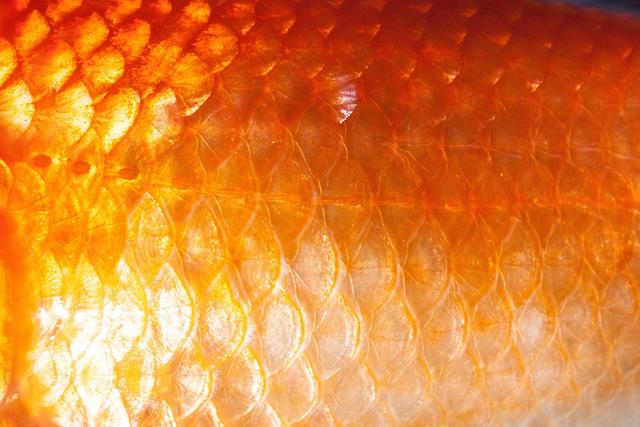

Q2.Which of these animals is not a bird?

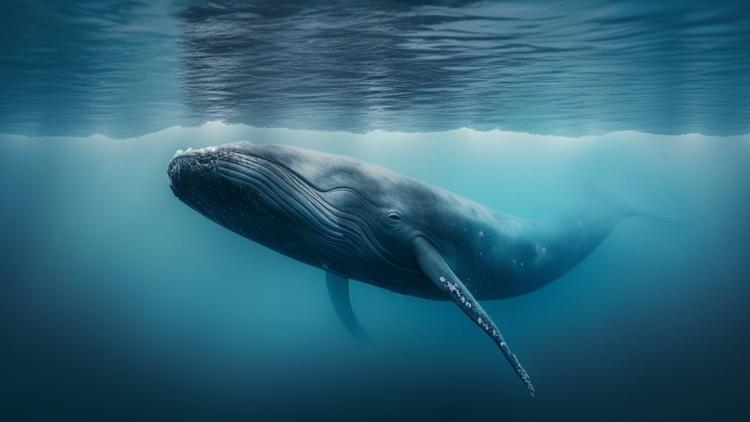
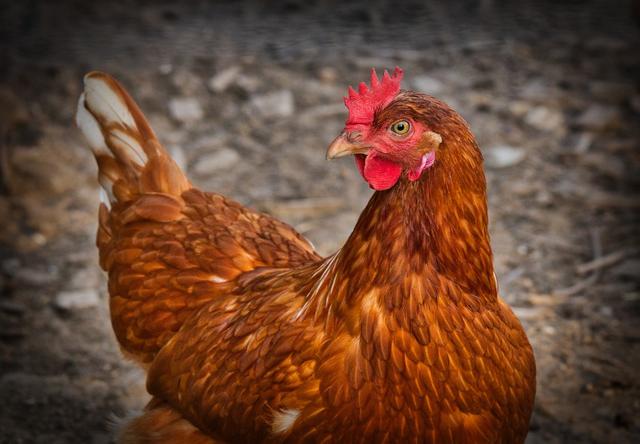
Q3.Reptiles have a body that is covered in ...


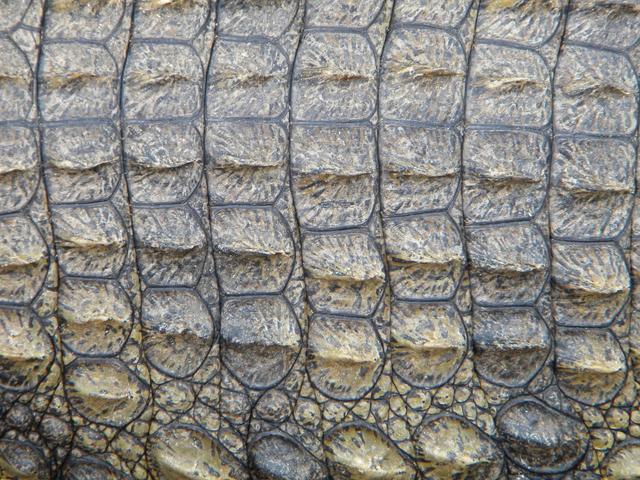
Q4.Match the animal to its name.

frog
blue tit
alligator
owl
Q5.Reptiles and birds ...
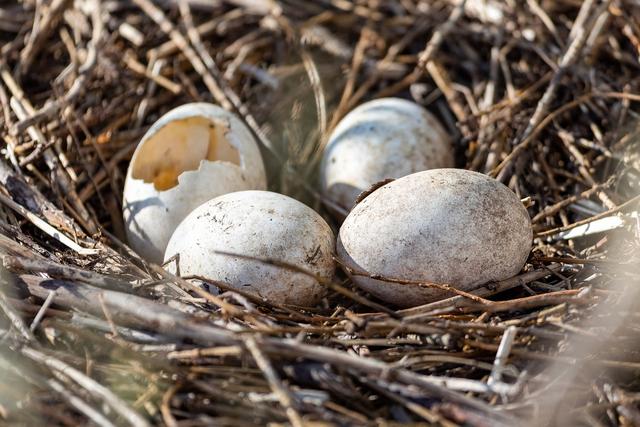
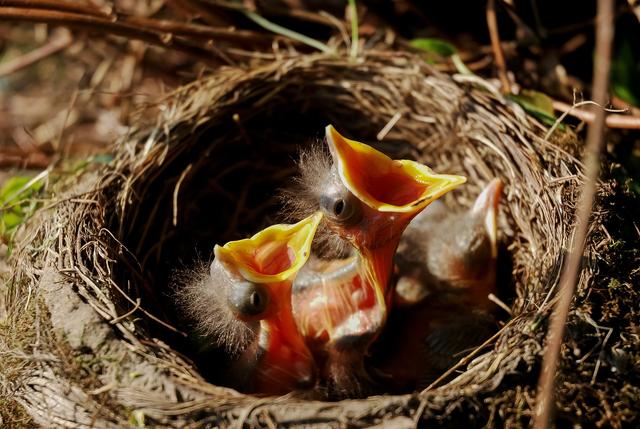
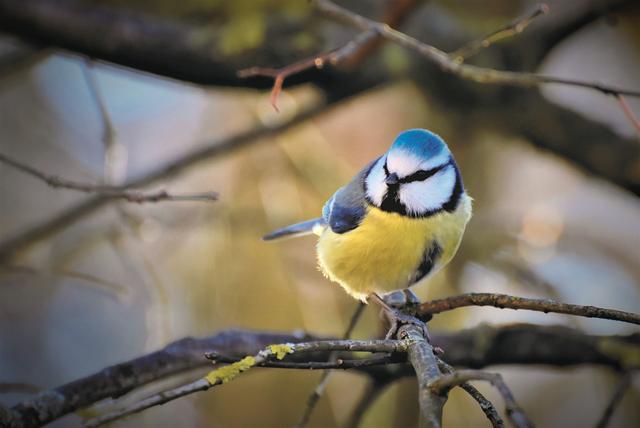
Q6.Which animals below are birds?

Assessment exit quiz
6 Questions
Q1.Where do fish live?
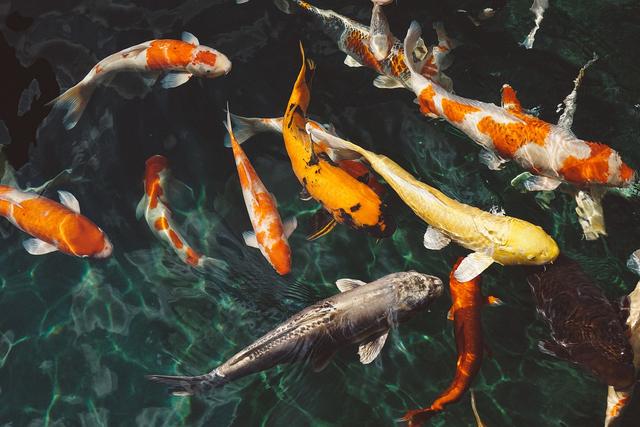
Q2.Most fish are covered in ...
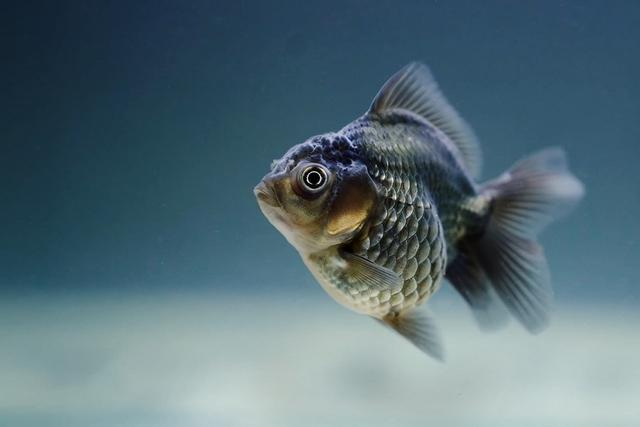
Q3.True or false? Amphibians only live in water.

Q4.What is the name of this fish?
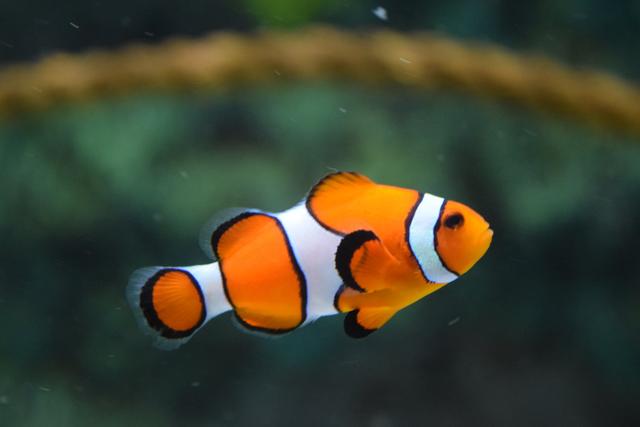
Q5.What do fish use to breathe under the water?
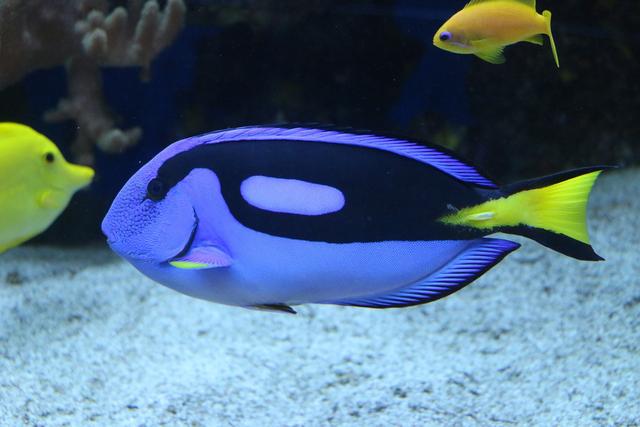
Q6.Which of the animals below are amphibians?



